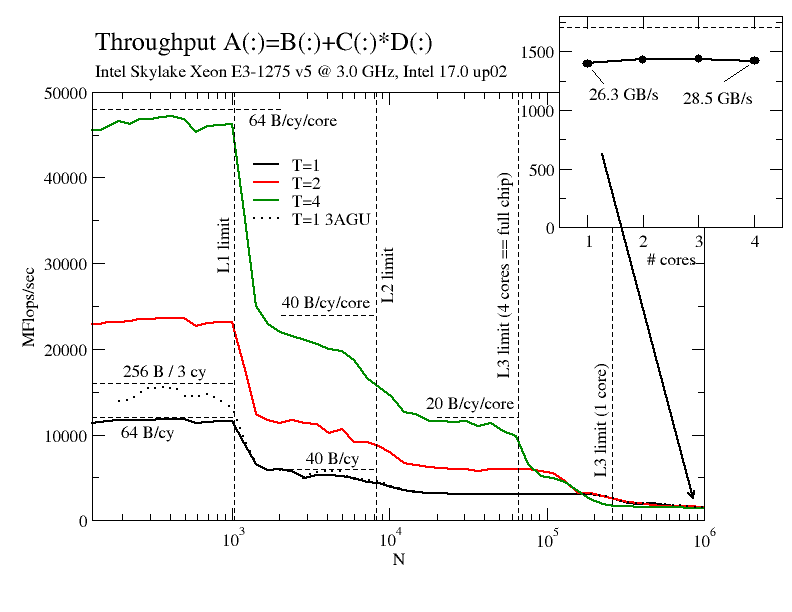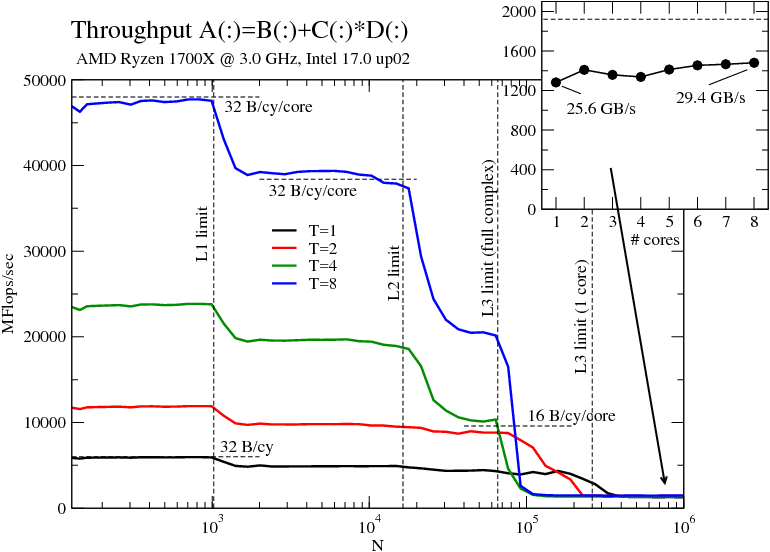Sure forget the fact that it took AMD making a move to force Intel above 12 cores.. but even now that they are forced to compete in a market segment AMD created.. they are doing everything they can to save a penny. Amazing.
Sure... they had 18C dies on a non-server socket waiting in the back just in case AMD had something. May i remind you that X99 had up to 22C on client and now that HEDT and Xeons are running on diferent sockets is not trival to bring a higher SKU? Is not like AMD TR and Naples that are kinda sharing the socket. Just stop what you are doing, is getting silly at this point.
AMD may have stopped Intel for charging about $3000 instead of $2000, nothing more, YET, Intel still increased the price of the top SKU by adding the $2000 tier.
if i look at $1000 tier HEDT has been getting steady 2C increases. Check $1000 HEDT cpus of Nehalem->SB-E->HSW-E->SKL-X.
Of the TIM thing, yes, they did cheaper it out, but im going to wait for actual reviews and OC results, to see how much it does affect.





